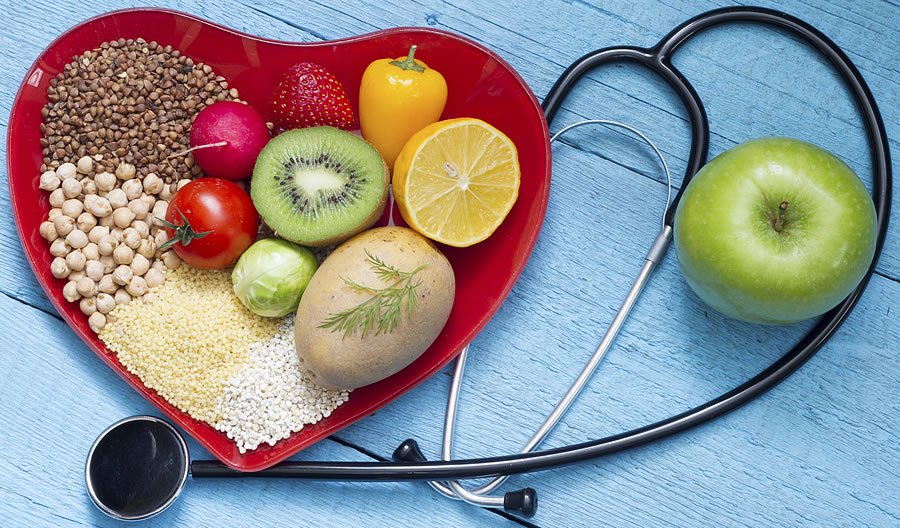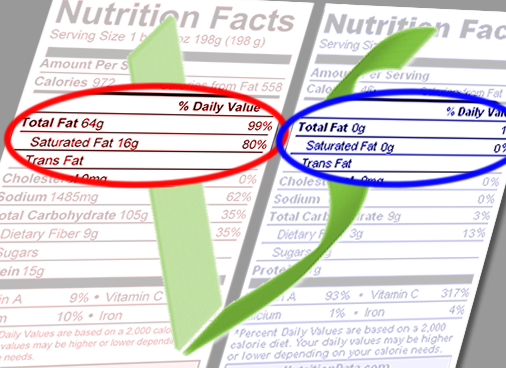How to Read a Nutritional Label for Diabetes Management
Reading and understanding food labels before consumption is an essential factor for diabetes diet planning. When you have diabetes, your diet is a crucial part of your treatment plan. You may know what you are eating but may be unaware of its composition details such as calories, total carbs, sugar, salt, fat, or fibre. Reading the food labels accurately helps diabetic people make wiser choices in their diet.

Start With the List of Ingredients
While looking at food labels, start with the list of ingredients.
- Keep a check on heart healthy ingredients, especially those less processed, including whole wheat flour, oats, and soy. Monounsaturated fats like olive, peanut oils, nuts, seeds, and canola promote heart health as well.
- Limit unhealthy ingredients like excessive salt, saturated fats, refined flour, hydrogenated oil, partially hydrogenated oil, or added sugars.
Keep in mind that all the ingredients are listed in a descending order based on their weight. The heaviest (primary) component will be listed on top, followed by other ingredients in decreasing weight.
Consider the Quantity of Carbohydrates in Context
- Take a look at the total carbohydrates and not only sugar. Calculate the grams of total carbs, including added sugars, fibre, and complex carbohydrates. Do not focus only on sugar because that way, you miss out on nutritious foods that contain natural sugar, like milk or fruit. Also, this may lead to overconsumption of foods with no natural or added sugars but ample refined or processed carbs, including certain grains and cereals.
- Do not skip high fibre foods. Foods with more than 3 grams of fibre per 100 kcal are good for people with diabetes.

Keep a Check on Sugar-Free Products
Sugar-free products are not free from carbohydrates. These foods have a major role in your diet if you have diabetes. However, along with keeping a check on sugar, it is also important to note the carbohydrate content in the food items. A sugar-free food label indicates that one serving size of the food item has less than 0.5 grams of sugar in it.
While choosing between regular products and their sugar-free substitutes, always compare the food labels. If the sugar-free product has fewer carbs, then it is a better choice. However, if there is no difference between the two, you can choose either of them based on the taste or the price. Other ingredients and calorie count can also be deciding factors to make a healthy choice.
Beware of Fat-Free Products

To reverse the symptoms of Diabetes and the damage it causes to the body, this vicious cycle pattern needs to be broken to put the strain off from the insulin-producing cells. Here are some effective ways to reverse Diabetes and its effects on the body.
Fat-free products can still have carbohydrates.
Foods that claim to be fat-free contain nearly the same number of calories as their standard version. Always compare fat-free food labels with the regular versions to check the carbohydrate content and choose the one with fewer carbs.
The total fat amount listed on the food label does not tell the whole story. Check out the breakdown of various types of fat below:

Unhealthy Fats
Trans-fat and saturated fats enhance the chances of heart disease and bad cholesterol.
Healthier Fats
Monounsaturated and polyunsaturated fats are better choices as they protect your heart and lower your cholesterol, even though they are high in calories.
The Bottom Line
Along with the components of the food items you consume, pay attention to the serving size and consider daily calorie goals to manage diabetes.
Sounds complex? Well, a dietitian with experience and knowledge about nutrition and diet pertaining to diabetes would help you understand food labels and their content in a better way. Get in touch with a professional dietitian on the Diahome app to get diet plans according to your lifestyle, including healthier food items based on your medical condition. Download the Diahome application on your smartphone now and avail the best counselling and education for a balanced diet where the nutrition aspect of the treatment is made very clear to ensure control over blood sugar levels right at your home.
Authors:
Mrs.Sripriya Ravi, M.Sc, Senior Dietitian
Miss. Priyadharshini M.Sc, Dietitian